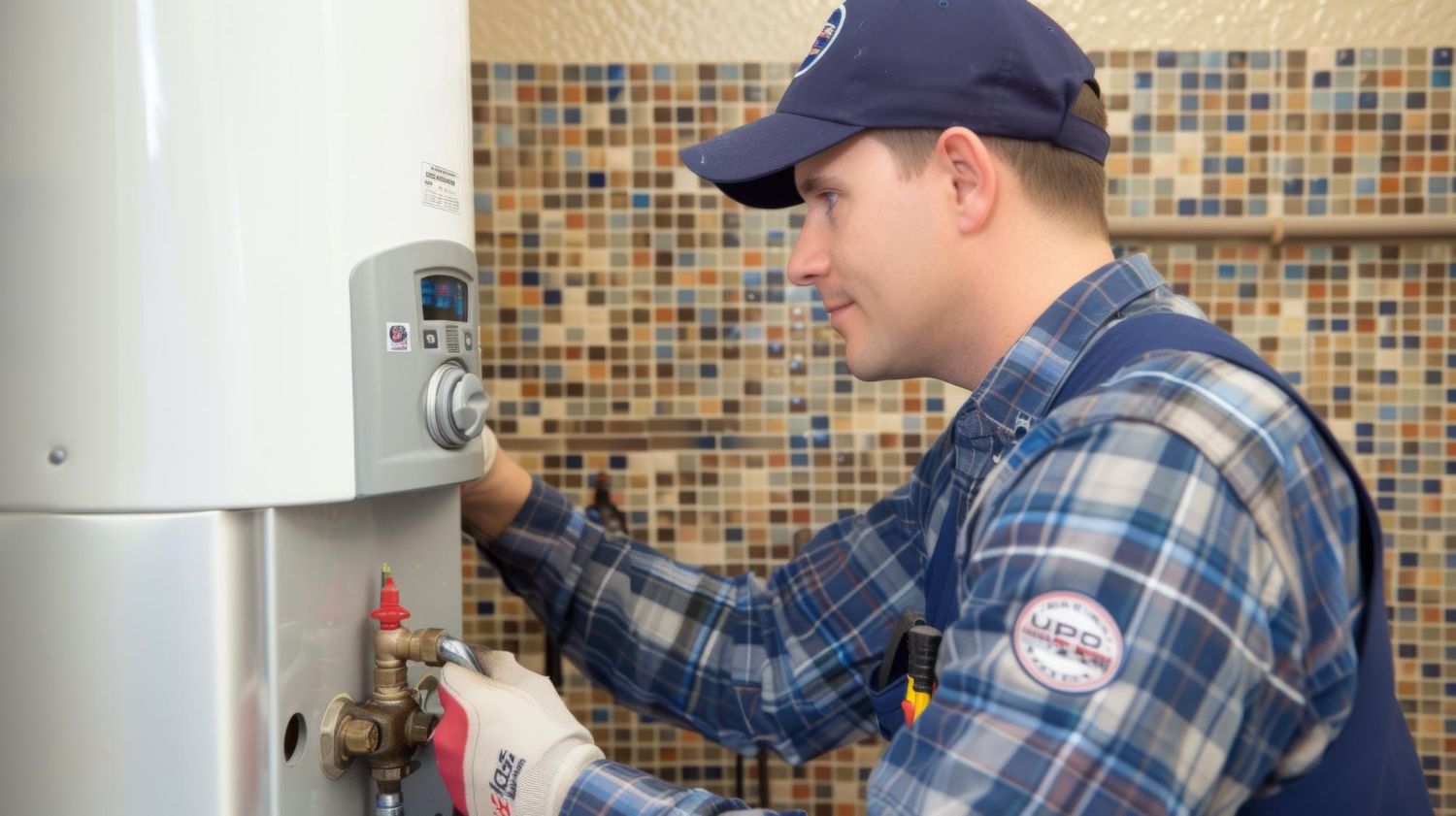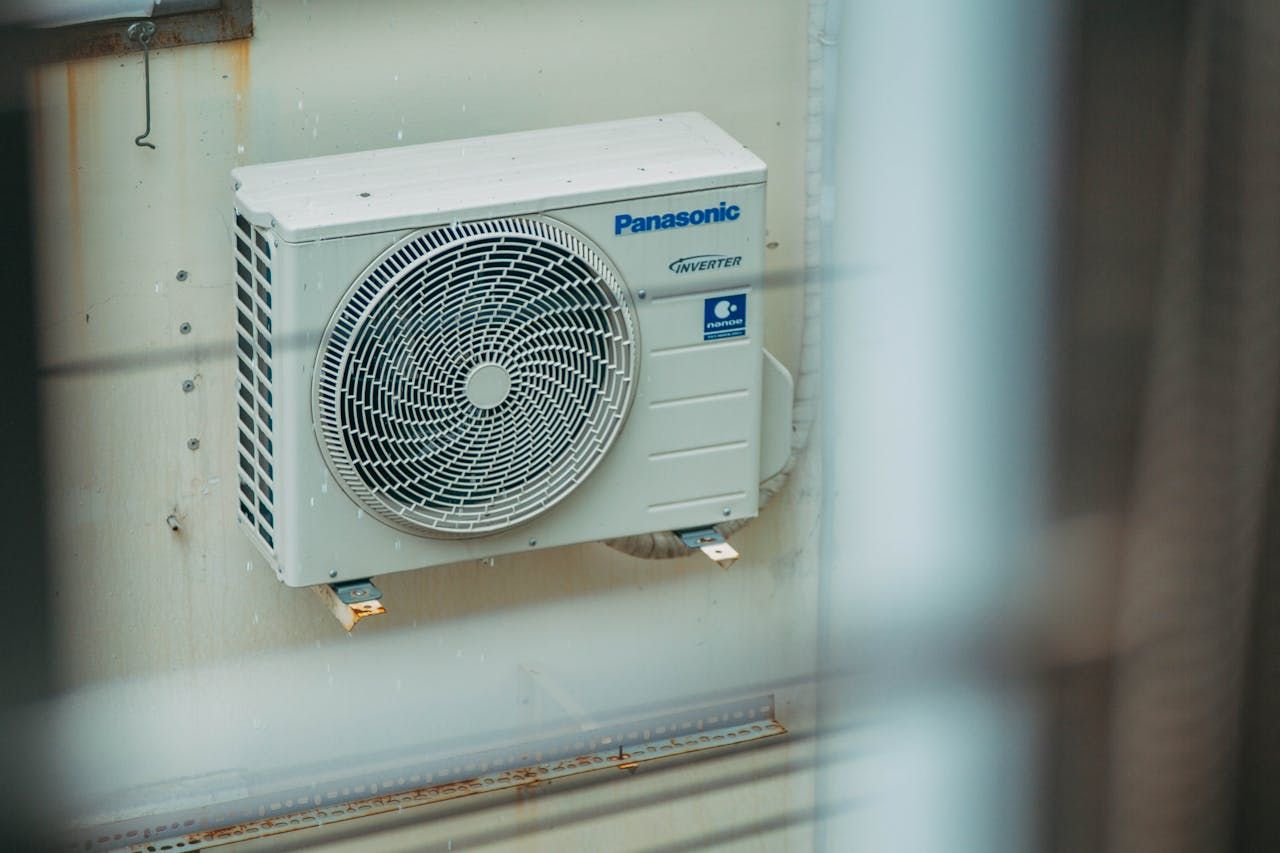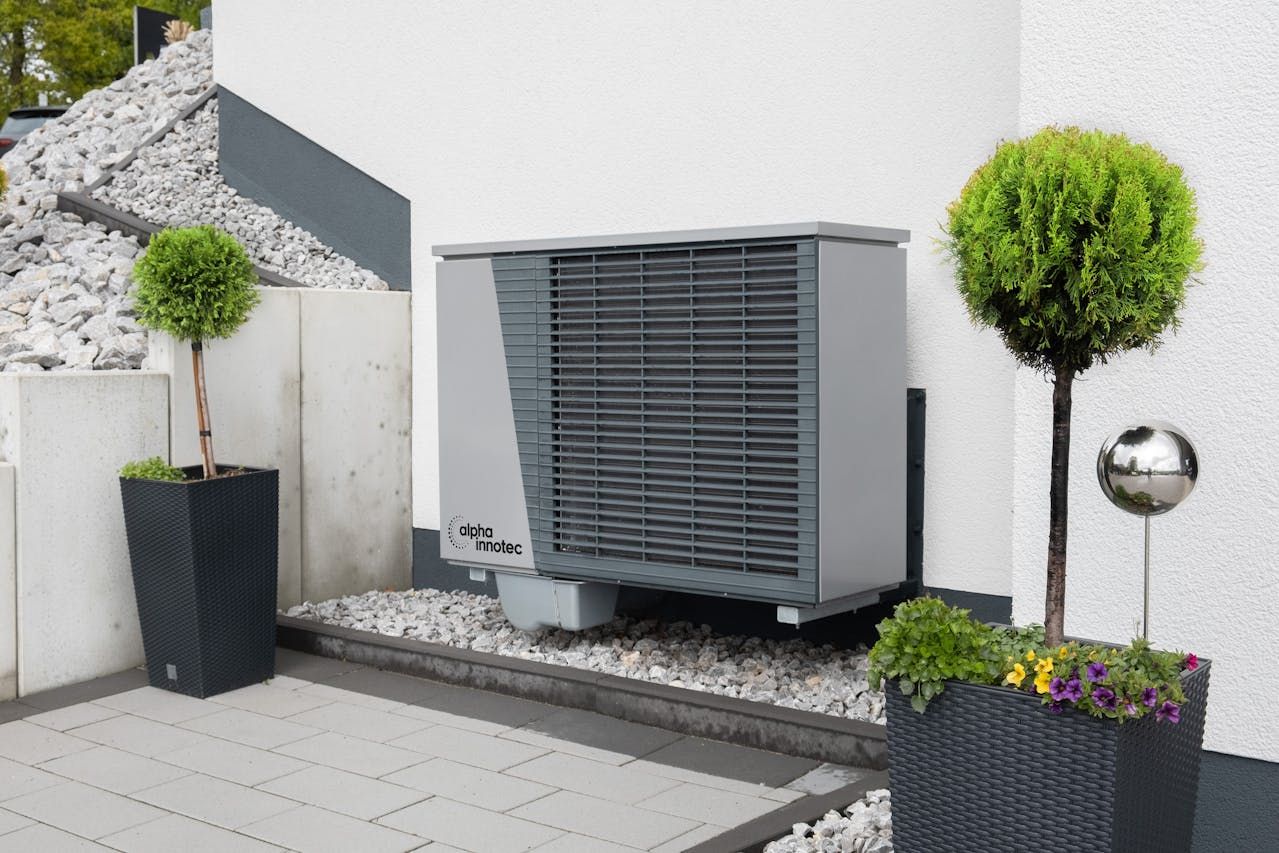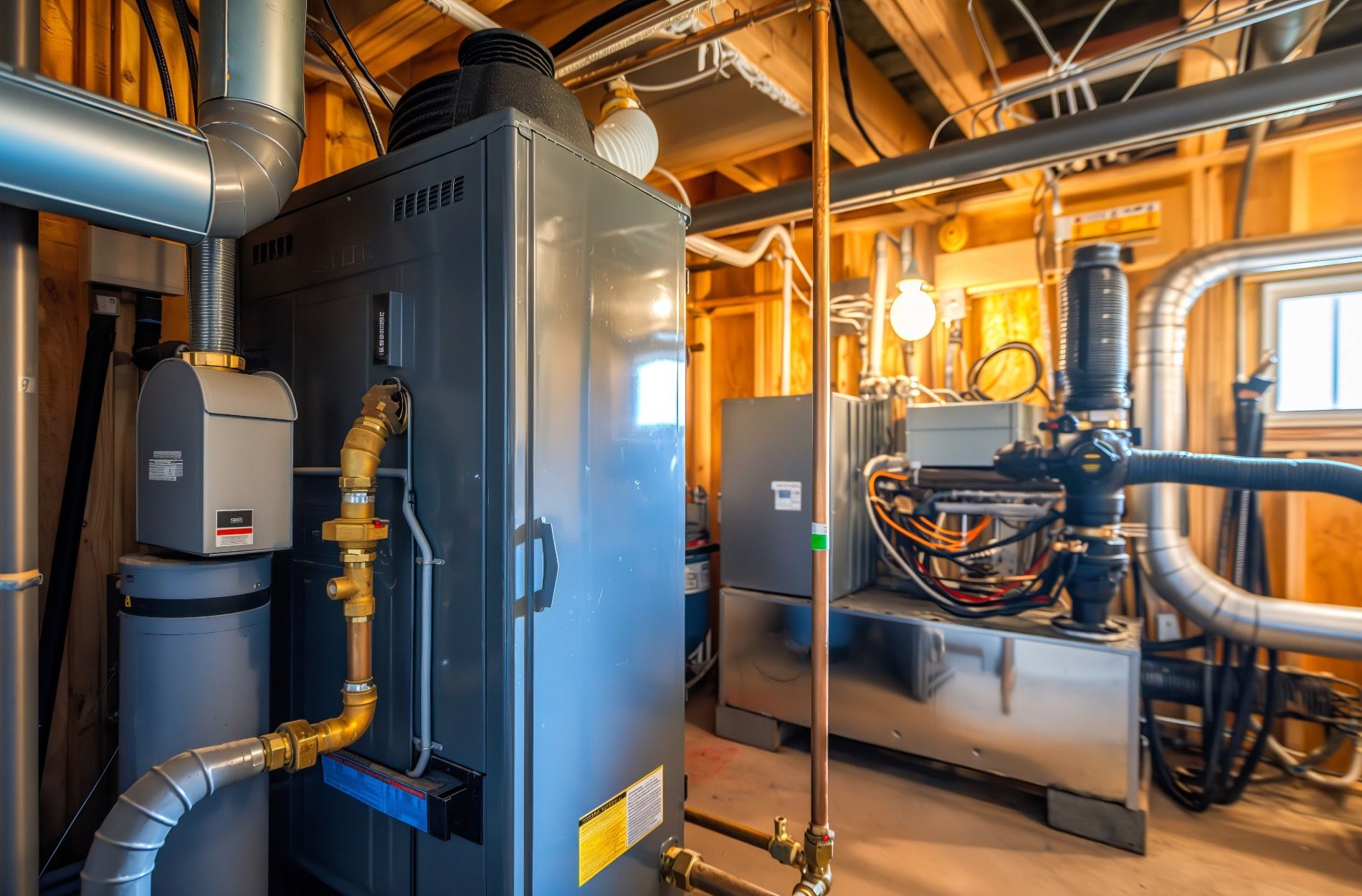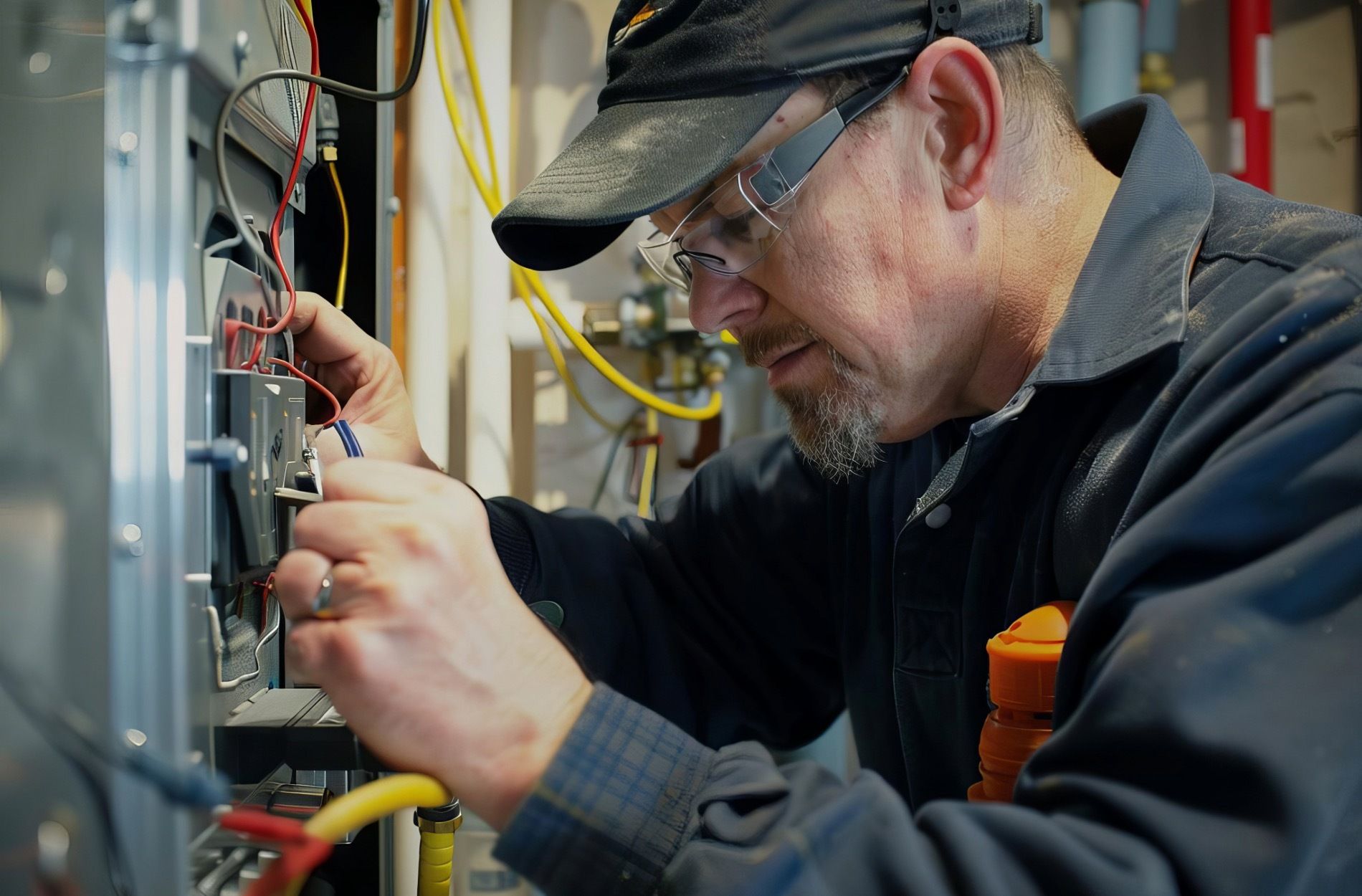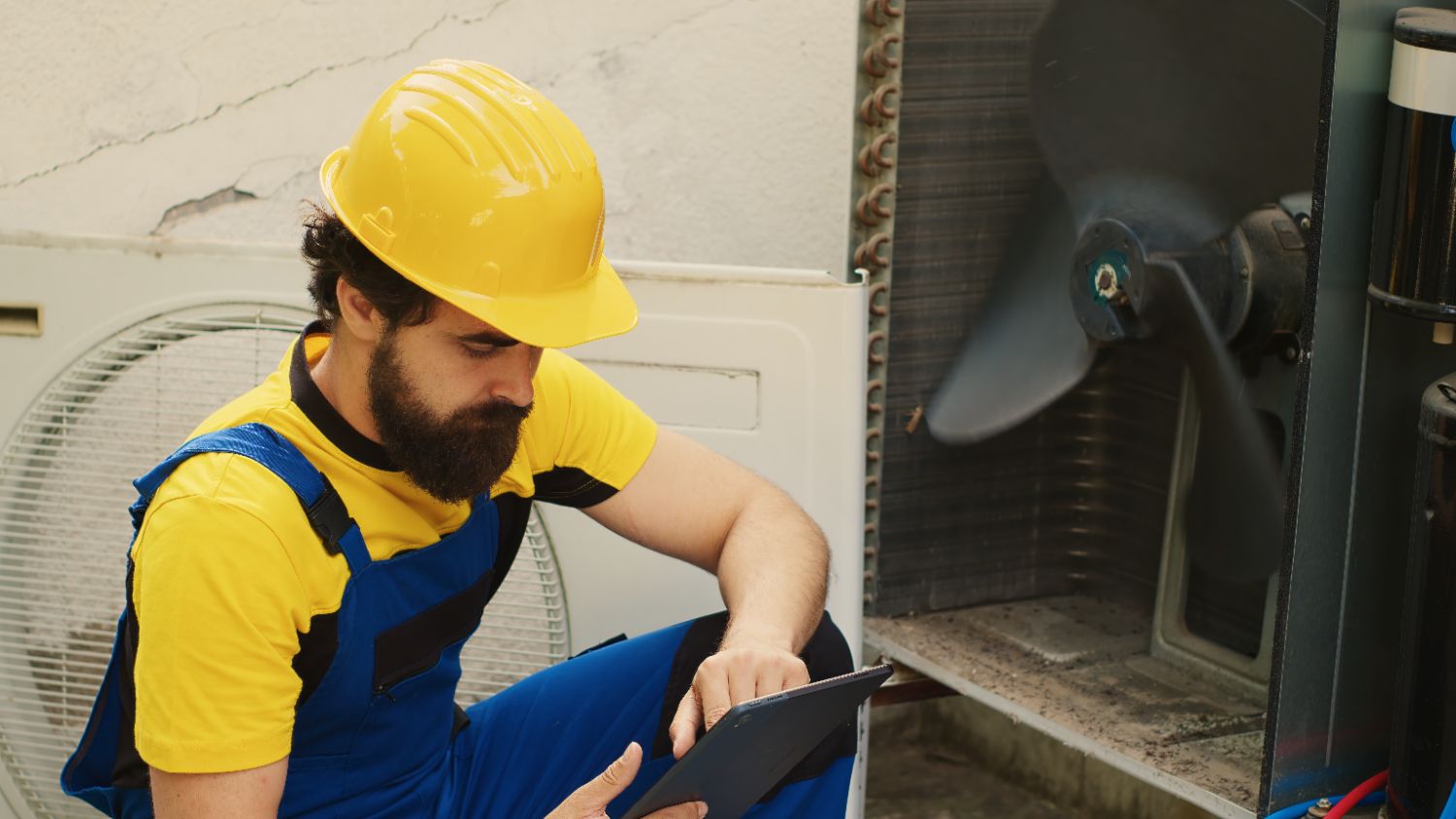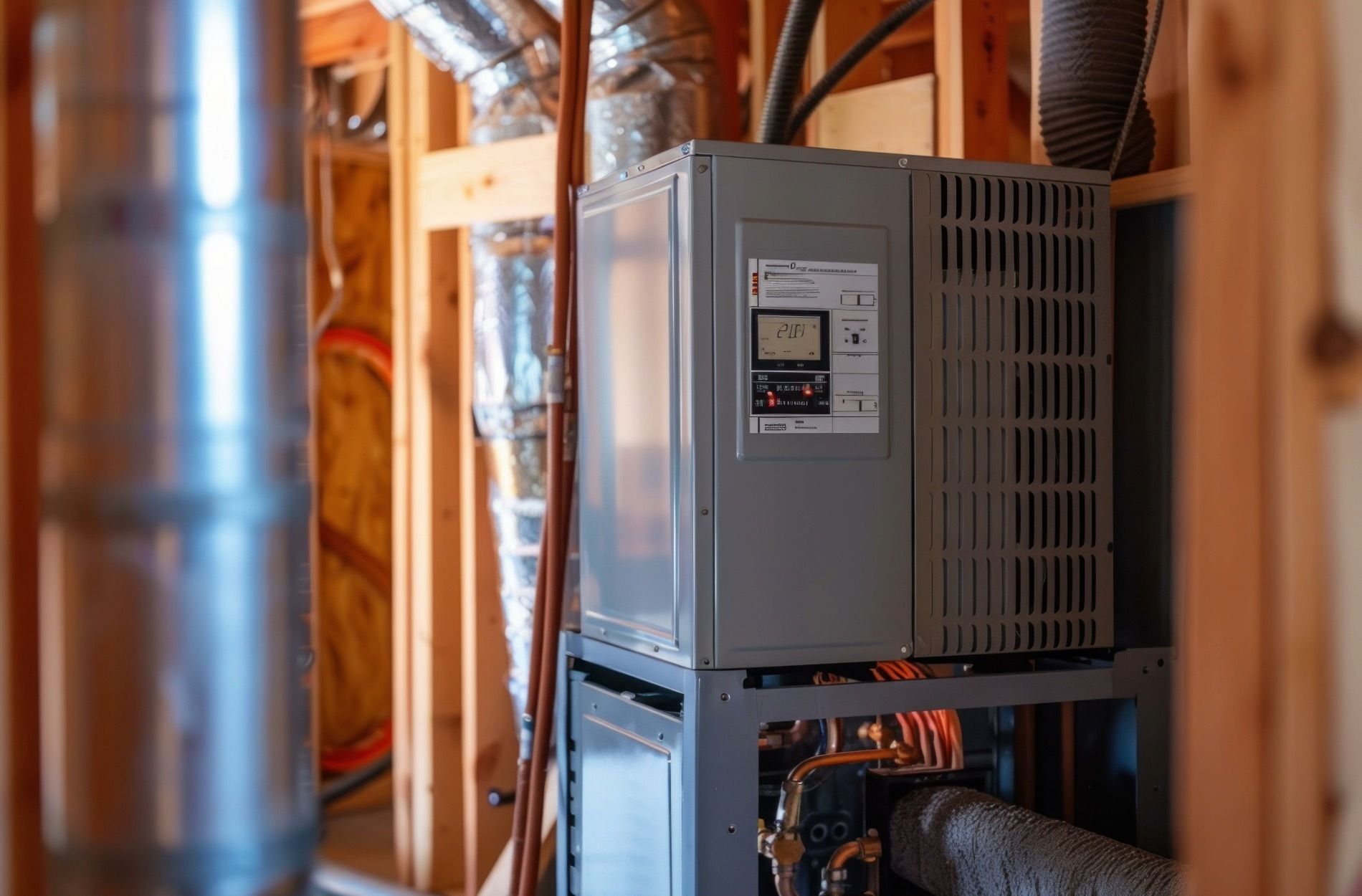
Combatting Dry Winter Air with Clean Air Ducts
There is a clear connection between air ducts and indoor air quality – in the winter months air inside our homes can become dry, dusty and bring with it health concerns. Professional air duct cleaning can help protect against these problems, but there are also DIY tips that can help maintain clean air ducts during winter.
The Connection Between Air Ducts and Indoor Air Quality
Indoor air quality is of great importance, as many people spend a great deal of time indoors and as such, exposure to hazardous indoor air pollutants can be significant. The design and maintenance of an air distribution system, including the air ducts, is essential to ensure good air quality inside buildings. Therefore, there is a connection between air ducts and indoor air quality.
Air ducts serve as the means of distribution for conditioned air, ensuring the air is spread throughout a building appropriately. Air ducts also act as the means of collecting air back from a building to which it was conditioned. Additionally, these air ducts also prevent contaminants from being released from one space into another, through the ventilation system. In order to fulfil this purpose, air ducts should be properly sealed and insulated, not containing holes or cracks that could leak the air, and, as a result, become sources of contamination.
Air ducts are also used as pathways for the introduction of outside air into the building’s environment. This air should be filtered prior to being transferred, so that the contaminants that may have been present outside will not be carried inside. This process is crucial for excluding dust, pollens, and other harmful pollutants from travelling from the outdoors indoors. Subsequently, this will help maintain proper air quality inside.
On the other hand, poor air duct maintenance can lead to decreasing indoor air quality. Problems such as a break in the insulation, leakage of air from the ducts, or accumulation of dust and debris can cause problems. Similarly, failure to change the filters or poorly selected filters can also be the cause of decreased air quality if not attended to.
It is essential for air ducts to be regularly serviced in order to maintain good indoor air quality. This ensures the filters are changed upon the necessity arising, and that the air ducts are sealed and insulated so that conditioned air is distributed, but contaminated air isn’t. For instance, using specialized cleaning and maintenance equipment, as well as thermal imaging equipment, to detect air ducts’ condition can ensure that an up-to-date maintenance of the air ducts is accomplished. In contrast, the failure to pay attention to the air ducts and their maintenance can result in negative consequences on the air quality.
In summary, good air duct maintenance can result in an overall better indoor air quality for the people living inside the building, significantly impacting on their health. Incorrect maintenance of air ducts can lead to the infiltration of contaminants, consequently, leading to indoor air pollution. People should make sure their air ducts are well sealed and insulated, and regularly inspected and cleaned to ensure they are not a source of air pollution.
Winter Air: Dryness, Dust and Health Concerns
Winter air is dry and often causes a range of issues for inhabitants of both warm and cold environments. This is due to the fact that in winter, the air temperature drops and the ability of water to exist as water droplets in air greatly decreases. As a result, the air in wintertime tends to carry much less water vapor than in other times of the year, meaning humidity is usually lower during winter and the air is drier. What little water vapor is in the air during winter tends to be locked in near the ground level, meaning humidity can be higher in this layer of the atmosphere.
However, this dry air does come with its own challenges. In colder climates, the air can become so dry it causes symptoms like sinus irritation and dry skin because it causes the cells in the skin and sinus cavity to dry out quicker than in other times of the year. Similarly, the air can become so dry it causes static electricity to build up, leading to objects moving unexpectedly and giving people shocks. This lack of water vapor in the air means that thermal convection, which carries warmer air up and helps to create clouds and precipitation, is much less frequent during the winter than in warmer months.
In addition to the health effects observed in humans, the dry winter air has impacts on the environment too. In certain areas, the dry air exposes plants and other vegetation to extreme weather conditions that can cause them to dry out and wither. Furthermore, pollution is more likely to become trapped and hang in the air in drier months, meaning air pollution is more severe during winter in drier climates.
As a result, winter air brings its own set of challenges in both warm and cold climates. It is important for citizens to recognize the effects the dry winter air has on both our bodies and our environment in order to keep ourselves safe and healthy during this weather.
Professional Air Duct Cleaning: Why It Matters in Cold Months
Professional air duct cleaning is an important part of maintaining clean and healthy indoor air quality during the colder months. It is especially important for those living in areas that experience 3-4 months of low temperatures, as the cold weather can introduce a host of airborne contaminants and potentially hazardous mold spores into the home. Not only are these contaminants hazardous to your health, they can impede the efficiency of your air ventilation systems, potentially leading to costly repairs in the future.
Tthe accumulation of dust, debris, and pet dander in your air ducts during the colder months can lead to an increase in allergies and other forms of respiratory issues. Since most of us spend a great deal of time inside, it is especially important to ensure that the air we are breathing is free of contaminants.
On the other hand, professional air duct cleaning can reduce energy consumption due to improved airflow caused by the removal of debris and blockages caused by dust. Cleaner ducts can also provide a much more pleasant environment inside the home which, coupled with less energy consumption, equates to cost savings.
In addition, having regular professional air duct cleanings can help extend the life spans of your hot air furnaces and air-conditioners through improved airflow and less strain on the system, saving you money in the long run.
Professional air duct cleaning services can also create improved indoor air quality which protects your family from potential health issues as well as ensuring your ventilation systems are working at their most efficient.
Therefore, with all the potential benefits, it is clear that professional air duct cleaning is an important part of maintaining clean and healthy indoor air quality during the cold months. Not only can it reduce energy consumption, it can protect your family from potential health issues, and help to extend the life-spans of your air conditioning and heating systems.
DIY Tips for Maintaining Clean Air Ducts During Winter
For instance, those looking to maintain clean air ducts during winter should ensure they clean the furnace filters monthly. This will stop dust and other particles from collecting in the air ducts over time. It’s also important to check and seal any leaks or holes in air ducts to help prevent debris and contaminants from entering. Similarly, it’s beneficial to check the air ducts regularly to ensure there are no blocked or clogged caveats, which can restrict air flow and result in poor air quality. On the other hand, those who find unwanted pests such as rodents or small animals in their air ducts should contact a professional to safely and efficiently remove the unwanted visitors.
In contrast, when it comes to large-scale cleaning it’s usually best to call in a professional HVAC technician. These professionals have the knowledge and tools to clean and disinfect air ducts efficiently and safely while also making sure that all new components are correctly installed. These technicians can check for any potential safety hazards, such as mold, that may be present within the ducts.
As a result of these measures, it is possible to keep air ducts free of contaminants and ensure the air quality in the home is good. Therefore, it’s recommended that homeowners not only complete regular checks but also call in a professional when appropriate, as it can guarantee cleaner and healthier indoor air during the winter months.
Final Thoughts
It is apparent that air ducts have a very important role to play in regards to maintaining a healthy indoor air quality, especially during the colder months. Humidity drops, leading to an increase dryness of the air and creating the perfect conditions for dust and allergens to accumulate in the air ducts and be circulated throughout the home. This can have negative effects on those with allergies and respiration-related health issues. Professional air duct cleaning is the best way to ensure the air ducts can maintain low levels of allergen and dust, but there are certain do-it-yourself steps anyone can take to prevent air ducts from becoming blocked. Regular maintenance and cleaning of air ducts is key to making sure the air quality in the home is improved and maintained, as well as reducing health risks.
Frequently Asked Questions
How do clean air ducts improve indoor air quality during winter?
Cleaning air ducts improves indoor air quality during winter by removing dust, dirt, pet dander, pollen, and other airborne contaminants that have been collecting in the ductwork. This helps prevent contaminants from being recirculated throughout your home, which can significantly reduce the levels of indoor air pollution. Clean air ducts can also improve the efficiency of your heating and cooling system, as well as helping to reduce energy costs.
Why does winter air tend to be drier and dustier?
Winter air is typically dry and dusty because the temperature drop causes the air to hold less moisture. In cold climates, the air is much drier as moisture that is released into the atmosphere through evaporation from plants, soil, and bodies of water is less likely to remain in the air. As the humidity level in the air decreases, dust and allergens are able to be picked up much easier and become suspended.
How often should I clean my air ducts?
It is recommended to get your air ducts professionally cleaned and inspected every three to five years, depending on certain factors such as the age of your ducts, the environment, and the air quality in your home. Additionally, if you notice an increase in dust or debris, odd smells, or any other signs that something may be wrong, it is recommended to have your ducts serviced immediately.
Can I maintain clean air ducts without professional help?
Yes, you can maintain clean air ducts without professional help. However, it is advisable to have your air ducts professionally inspected and cleaned at least once a year to ensure the best quality of air in your home. Cleaning air ducts yourself may require more effort and time. Depending on the size of your air ducts, you may need to use a variety of tools that are specifically designed to clean out dust and debris. Additionally, it is important to know the correct process of cleaning the air ducts and to wear the proper safety gear to prevent potential harm.



